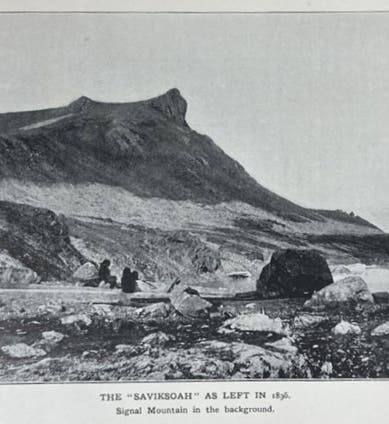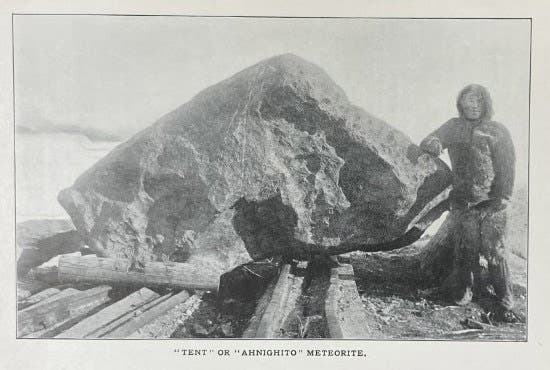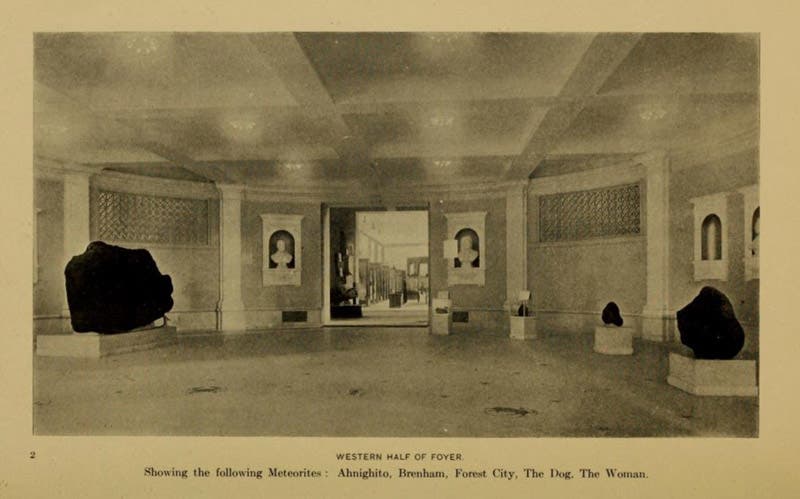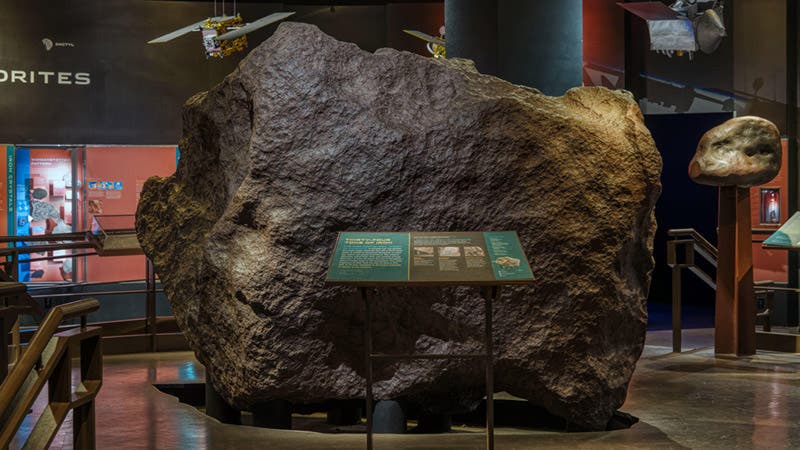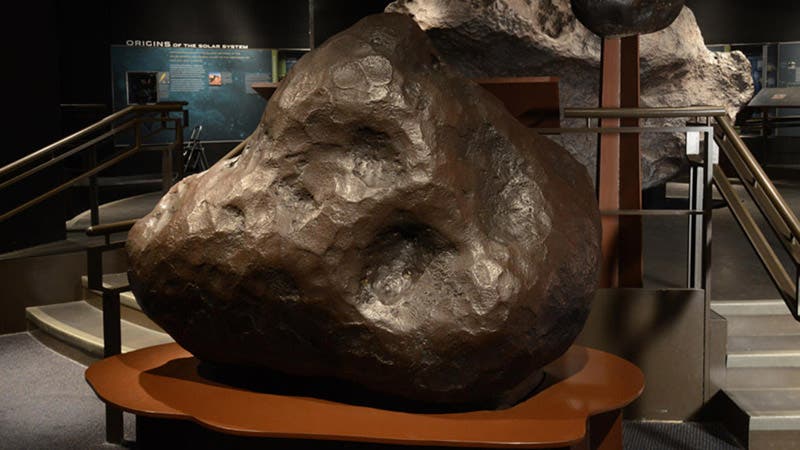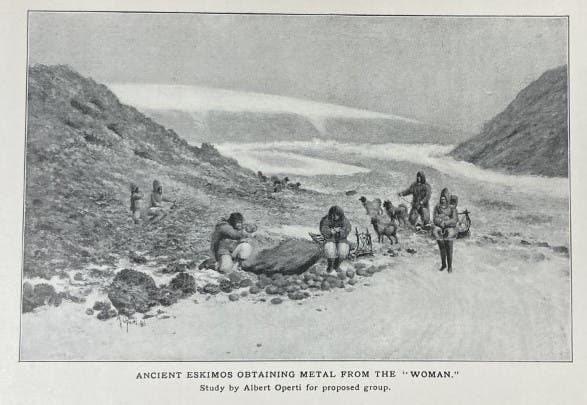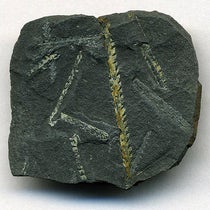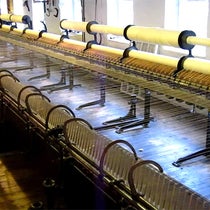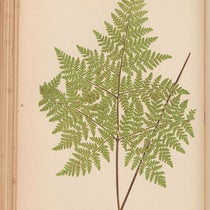Scientist of the Day - Robert E. Peary
Robert E. Peary, an American explorer, was born May 6, 1856. Peary is best known for his claim to have been the first to reach the North Pole on Apr. 7, 1909. Because a rival, Frederick Cook, claimed to have reached the North Pole a year earlier, in 1908, and because Cook’s claim was highly suspicious, journalists and the public tended to accept Peary’s claim as the preferable of the two. But another century of research has shown that it is very unlikely that either man reached the actual Pole, although Peary probably came closer than Cook.
But today we are going to discuss another Peary deed, or series of deeds, about which there is no doubt, and which cast about as much credit on Peary as his North Pole claims. In 1894, Peary was on an expedition to Cape York in Greenland, when he heard about a large iron meteorite that the local Inuit used as a resource to make iron knifes and harpoon points. Peary returned in 1895, discovered that the meteorite was in several pieces, and removed two of the smaller pieces, called “The Woman” and “The Dog”, and took them back to New York City. The Woman weighed about 6600 pounds, and The Dog about 880. Peary sold them to the American Museum of Natural History (AMNH), where they were put on display.
Peary returned to Cape York in 1896 and learned that the largest fragment, called “Ahnighito” or “The Tent”, was on a nearby island; he found it and tried to remove it as well, but it was too heavy, and he failed to abscond with it. But Peary would not give up – I am not sure tenacity is a virtue when you are talking about a thief, but Peary was tenacious – and the next year, 1897, he was successful in his attempt to move it aboard his ship. Ahnighito weighed about 68,000 pounds – almost 34 tons – and all Perry could do when he got to New York was dump it on the dock at the Brooklyn Navy Yard, and there it sat for 6 years while they tried to figure out how to move it further. Finally, in 1904, Peary succeeded in transporting it via a 28-horse train-truck to its destination. It was, and I believe still is, the heaviest meteorite ever moved by humans. An AMNH pamphlet of 1907 shows all three meteorites on display in the museum (third image, above). And they are still there today (fourth and fifth images, below).
Peary was paid $40,000 for the lot of three meteorites, and it is unlikely that he passed any of this on to the Cape York Inuit, whose back yard he so arrogantly plundered. I suppose one should not be too harsh on Peary. Sixty years later, when the Danish found a fourth fragment of the Cape York meteorite in 1963 – a 44,000-pound piece unoriginally named “The Man” – they promptly hauled it back to Copenhagen, so Peary was hardly alone in treating the resources of native peoples as pickings to be plundered by Euro-Americans. Peary wrote a book about his Greenland expeditions, Northward over the “Great Ice” (1898), and I read the sections about recovering the meteorites, and nowhere did I find any indication that he asked permission to take the meteorites away, or paid any compensation, or indeed even thought twice about the propriety of what he was doing. At one point he even proclaims with some pride that he got all of them – all three large fragments – leaving nothing behind. He had to know that the meteorites were important to the local people – he even had an artist reconstruct how they obtained iron from “The Woman” (sixth image, below). But he still took The Woman away.
Historians try not to judge – that is really not our job – but when I think of Peary stealing these lodes of iron from people who owned little else, without apparently asking himself if he had the right to do so, or asking the Inuit if they had any objections, well, I get angry. I have quite a few scientific heroes, but Robert E. Peary is not one of them.
Dr. William B. Ashworth, Jr., Consultant for the History of Science, Linda Hall Library and Associate Professor emeritus, Department of History, University of Missouri-Kansas City. Comments or corrections are welcome; please direct to ashworthw@umkc.edu.

